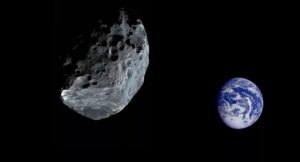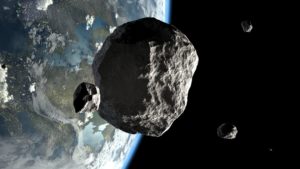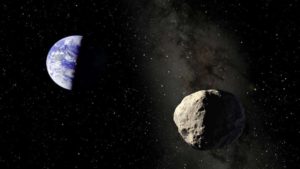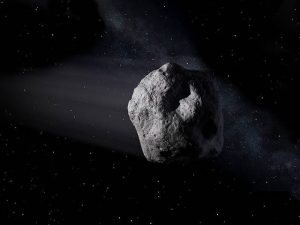

RT – December 3, 2021
A large asteroid, listed by NASA as “potentially hazardous,” is going to fly by Earth next week, the agency warns.
Asteroid 4660 Nereus is expected to enter Earth’s orbit on December 11, coming closer to our planet than ever before.
But there is no reason for panic, Boris Shustov, who heads the Institute of Astronomy at the Russian Academy of Sciences, said.
“The asteroid will pass some 4.6 million miles away from Earth, which is about 10 times the distance between the Moon and Earth, so there’s no risk to talk about,” Shustov told RIA Novosti.
What makes it special isn’t its larger-than-usual size (equal to three football pitches), but its unique 1.82-year orbit around the Sun. Nereus approaches Earth at a safe distance roughly every 10 years because of this.
According to the scientists, the asteroid’s regular passing makes it a perfect candidate for a future robotic mission, and even a mining operation – it is believed to be rich in nickel, iron, and cobalt.
Despite currently posing no threat, Nereus is closely monitored by space agencies to make sure it does not deviate from its path.













